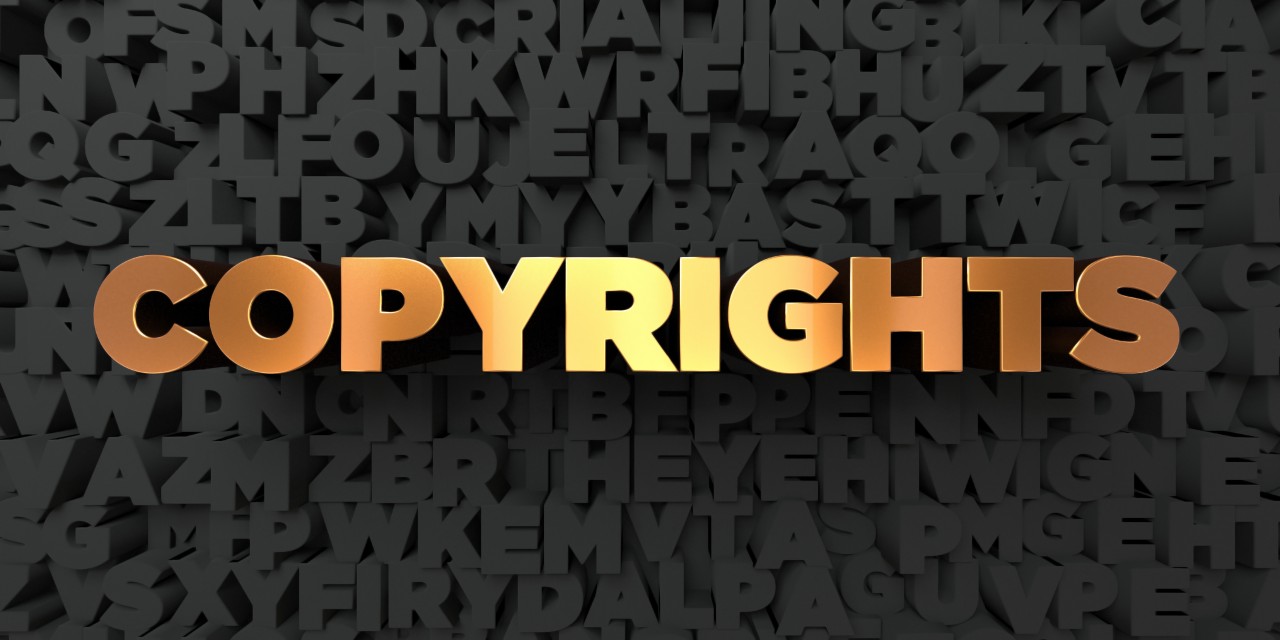Complete Guide to Design Objection in India: Process, Documents & Fees
Design objection is a critical stage in the industrial design registration process in India, where the patent or design office raises concerns regarding your application’s originality, uniqueness, compliance with legal criteria, or procedural correctness. Addressing these objections effectively is necessary to secure registration and protect your design rights under the Designs Act 2000.
This comprehensive guide explains the design objection process, required documents, associated fees, and how you can navigate this crucial phase smoothly with practical tips.
What is a Design Objection?
A design objection arises when the Design Office identifies issues with your design registration application. Common grounds include:
-
Lack of novelty or originality compared to existing registered or published designs.
-
Non-compliance with the legal definition of a design (visual features rather than purely functional elements).
-
Deficiencies in the documentation or format of the application.
-
Similarities to prior art that could cause confusion or infringement.
-
Procedural or formal defects in the filing.
This objection serves to ensure unique, registrable designs receive protection.
Design Objection Process in India
-
Receipt of Objection Notice
Once the examiner reviews your application, they may issue a written objection (examination report). This document outlines the grounds on which the design is objected to. -
Time to Respond
You have 6 months from the date of the objection notice to file a detailed response addressing all points raised. You can request an extension of 3 additional months by applying before the deadline and paying the prescribed fee. -
Filing a Reply
Your reply should consist of:-
Clarifications and arguments refuting the objections.
-
Amendments to the design or specification, if required.
-
Supporting documents, declarations, or evidence showing originality and compliance.
-
-
Review by the Design Office
The examiner evaluates your response to determine if the objections are satisfactorily resolved. -
Hearing (if necessary)
If objections persist, the Office may schedule a personal hearing (now often virtual) to discuss the issues further. You or your legal representative can present your case. -
Decision on Registration
Upon satisfactory resolution, the design registration proceeds, and the certificate is granted. If objections are not resolved, the application may be refused or abandoned. -
Publication
After registration, your design details are published in the Patent Office Journal and included in the public register.
Documents Required for Design Objection Reply
To respond effectively, prepare and submit:
-
The Objection Notice detailing the examiner's concerns.
-
A Copy of your Original Design Application, including specifications and drawings.
-
A Written Reply clarifying objections with legal and factual arguments.
-
Any Supporting Evidence or Prior Art References that demonstrate the uniqueness of your design.
-
Amendments or revised drawings, if applicable.
-
Power of Attorney if a legal representative handles the reply.
Fees Associated with Design Objections & Registration
-
The fee for filing a request for extension of time to reply: around ₹200–₹800 per month (depending on entity type).
-
Fees for opposition notices, hearings, and other petitions vary from ₹100 to ₹1,000+.
-
Initial design registration fees range approximately:
-
Natural persons: ₹1,000–₹2,000
-
Small entities or startups: ₹2,000–₹4,000
-
Companies or others: ₹4,000 or more
-
-
Professional fees for legal support or drafting replies vary by service provider.
Practical Tips to Overcome Design Objections
-
Respond Promptly: Monitor your email and online dashboard to never miss the objection response deadline.
-
Be Clear and Precise: Submit fact-based, legally sound replies with clear explanations and relevant examples.
-
Use Expert Help: Intellectual Property attorneys or design registration consultants can help craft compelling replies and handle hearings.
-
Provide Evidence: Include comparison charts, prior art searches, and declarations to support your uniqueness claims.
-
Maintain Organized Records: Keep copies of all submission documents and correspondence for quick reference.
Visit - https://www.filingworld.in/
#filingworld
